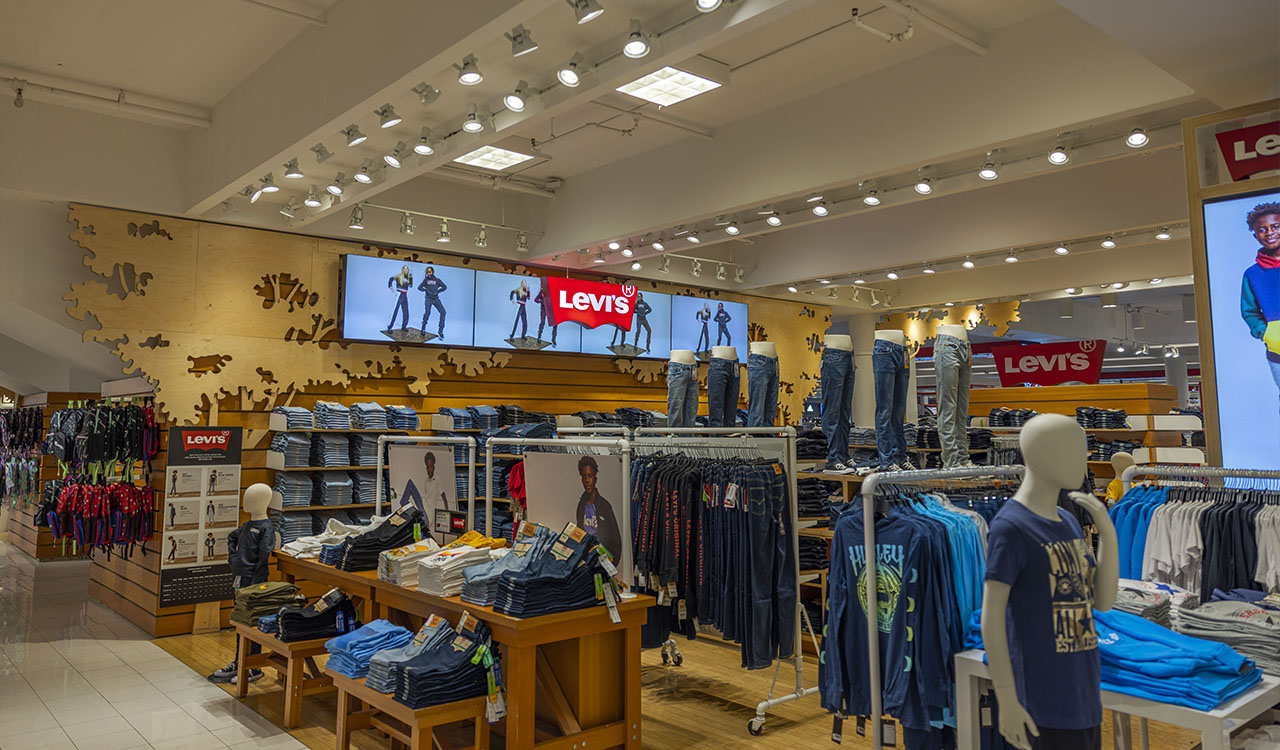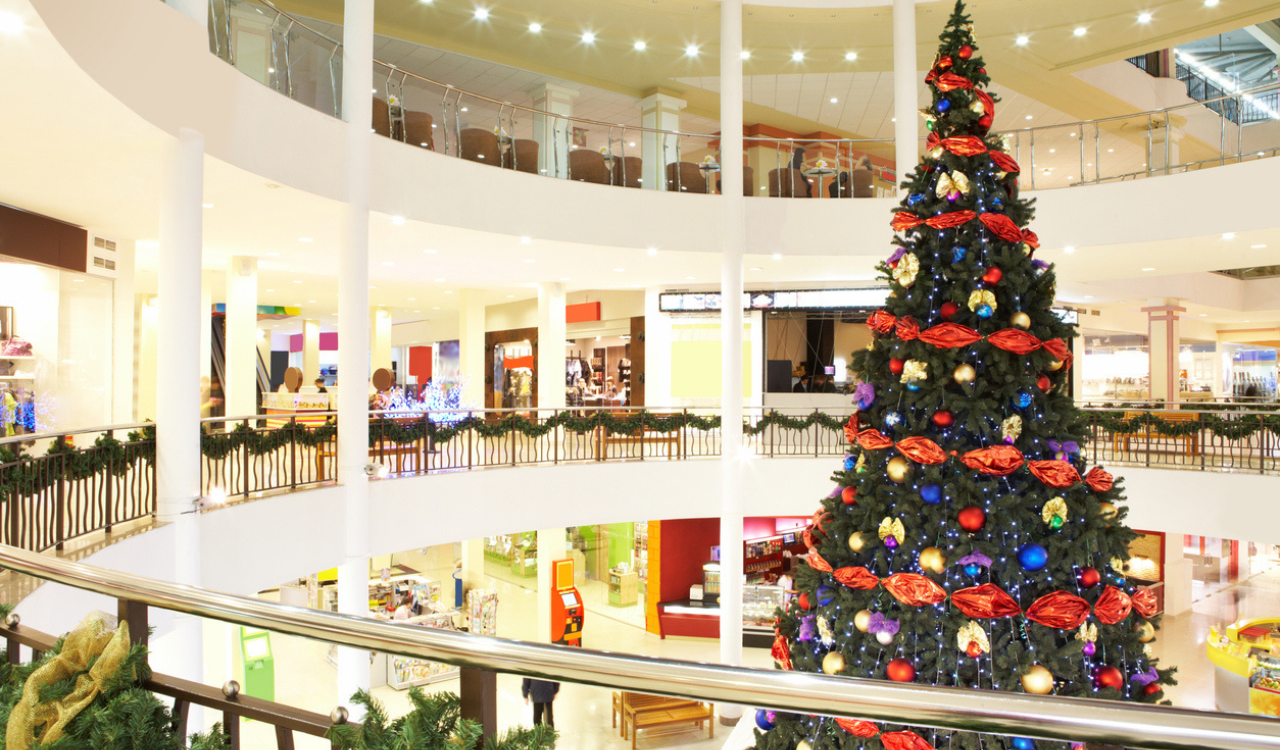On May 1, Levi Strauss and Company will celebrate its 172nd birthday. The company credits its longevity to leveraging its brand heritage as an asset for emotional connection with customers, competitive differentiation and driving innovation. Levi’s even employs a corporate historian and archivist, Tracey Panek, as part of the marketing team, to amplify its heritage. She explained the formula: “Stay rooted in Levi’s core elements of branding and quality; go back to the stories; connect to culture; and stay forever young.”
Inbound tariffs could force Levi’s to raise prices, putting pressure on its U.S. performance. It primarily sources goods from Vietnam, representing mid-to-high single digits, Mexico (five percent), China (one percent), as well as Bangladesh, Cambodia, Egypt, Pakistan and Sri Lanka. It could also face pressure on the international front from retaliatory tariffs, as well as backlash should the Boycott USA movement grow.
Brand Equity
Levi’s invented the denim category and continues to be the market’s pacesetter. While there are bigger fashion brands – Levi’s generated $6.4 billion in reported revenues last year – there are few with as great a level of brand awareness or appeal. Over 90 percent of U.S. consumers know the Levi’s brand and almost 60 percent say they own a Levi’s item.
That puts Levi’s in the lead in the measures that matter. BrandKeys gives it a gold star along with Nike in its 2025 Brand Loyalty Index. Morning Consult rates it the number one most trusted apparel, footwear and accessories brand. And consistently over the past many years, Levi Strauss & Co. ranked as the top apparel brand in the RepTrak Reputation Index that measures some 5,000 leading global brands across seven dimensions – Products/Services, Innovation, Workplace, Conduct, Citizenship, Leadership and Performance. That is until this year.
Levi’s Loses to Adidas
German-based Adidas unseated Levi’s as the most reputable fashion brand in the world. Levi’s still holds an enviable number 11 position in the world’s top 100 brands in 2025, but Adidas rose from number 16 last year to take over Levi’s 2024 number nine slot this year. RepTrak chief reputation and strategy officer Stephen Hahn attributed Levi’s slip to a recent reputational decline in Canada and Mexico, “suggesting some early warning signals of potential geopolitical blowback due to anti-American sentiment.”
That risk is real as a grassroots Boycott USA movement is beginning to coalesce. “You can’t hide the fact the brand is an all-American original,” Hahn stated. “Over the foreseeable future, the challenge for brands of U.S. origin is that authentic Americana may not be as readily exportable or as appealing across key international markets.”
Is Heritage Enough?
In the latest earnings call, Levi’s CEO Michelle Gass said the company generates nearly 60 percent of revenues outside the U.S. If Levi’s loses sales internationally, it will have to lean heavily on American consumers to make up the difference.
Levi’s issued guidance for a 3.5 to 4.5 percent increase this year, expecting to do better than the 3.2 percent organic growth achieved last year. However, company guidance foresees “no significant worsening of macro-economic pressures on the consumer or inflationary pressures.” Nor does it allow for supply chain disruptions and tariff effects, which the company is confident it can overcome.
“As an iconic brand with more than 170 years of history, we’ve weathered challenging times before. We have a playbook that begins with leveraging the strength of our brand and our deep connection with consumers. We know, especially during times like these, people turn to the brands they know and trust and prioritize value and quality, and that’s what Levi’s has always stood for,” Gass said. “We have scale with an agile global supply chain, deep vendor relationships, and a strong balance sheet, all of which position us well to navigate this time of uncertainty.”
Pressure Rising
Nonetheless, inbound tariffs could force Levi’s to raise prices, putting pressure on its U.S. performance. It primarily sources goods from Vietnam, representing mid-to-high single digits, Mexico (five percent), China (one percent), as well as Bangladesh, Cambodia, Egypt, Pakistan and Sri Lanka, according to the latest earnings call. It could also face pressure on the international front from retaliatory tariffs, as well as backlash should the Boycott USA movement grow.
How can Levi’s manage the backlash from America’s tariff policies? Reptrak’s Hahn said that in these troubled times, “A focus on ESG and sustainability should be a priority for Levi’s in enhancing perceptions of good citizenship.” Citizenship is defined by three factors: Being environmentally conscious, supporting good causes and having a positive influence on society.
However, ESG is currently in the government’s crosshairs, making good citizenship problematic. Nonetheless, Levi Strauss & Co. got high marks from Sustainability Magazine this year, rated among the world’s top ten most sustainable brands, after introducing an updated Climate Transition Plan. It announced the goal of achieving a 42 percent absolute reduction in supply chain emissions by 2030 and going full net-zero in emissions by 2050.
Those are admirable goals, and how Levi’s will achieve them is detailed in a 40+ page report, requiring an advanced science degree to understand. The report points to a potential weakness in Levi’s grand sustainability mission: transparency.
Transparency is a consumer hot button. Fashion Revolution, an advocacy organization for environmental responsibility in the fashion industry, recently conducted a brand transparency study across 250 leading fashion brands measuring five key dimensions of transparency.
Levi’s got an overall 60 score on a 100-point scale, doing better than over 80 percent of the brands rated, but leaving much to be desired. It gets high marks in overall policies and commitments (90 points), governance (82) and supply chain traceability (76). Yet it scores much lower in two other measures – the know, show and fix score (43) and spotlight issues related to employment issues throughout its supply chain (42) Essentially, Levi’s gets high marks on its stated ESG policies, but it falls short in its actions to implement those policies.
While Levi’s is doing well on the sustainable and transparency front, it could do better. But then, are good works enough to maintain customer goodwill, especially if the world sours on American brands? Ultimately, how important is sustainability when it comes to purchases?
Value Still Exceeds Values
Numerous consumer surveys have found the growing importance of sustainability in the purchase decision – virtue signaling? Yet sustainability always plays a supporting and never a leading role. Price and convenience consistently win out, as in a Blue Yonder survey conducted this year among 5,000+ consumers in the U.S., U.K., France, Germany, Australia and New Zealand.
While 78 percent agree that sustainability is very or somewhat important when choosing a product to buy or a place to shop, a majority (54 percent) say the higher cost for the sustainable option is a luxury they can do without. For the rest, they are willing to pay a modest five to less than ten percent premium for sustainability. And when push comes to shove, only 29 percent say they’ve switched to brands that offer a more sustainable option.
Most tellingly, only 20 percent of consumers believe a brand’s sustainability claims, despite 62 percent noticing more sustainability messaging from brands. This points back to the transparency index and Levi’s good not great 60-point score.
Levi’s Uphill Climb
Even if Levi’s were the planet’s most sustainable and transparent fashion brand, sustainability isn’t enough to pull it ahead. Other factors, like price and convenience, always count more in the consumers’ purchasing equation. And then there’s the rising anti-American sentiment, putting nearly 60 percent of Levi’s revenues at risk.
“There are a growing number of consumers across the world who will think twice before buying brands that personify American values,” observed Reptrak’s Hahn.” In response to imposed tariffs and current U.S. trade policies, more consumers in key international export markets and beyond will likely go out of their way to avoid buying U.S. brands of origin.”
Owing to its heritage, Levi’s, perhaps more than any other U.S.-based brand, is in the crosshairs of a rising international consumer backlash. It looks increasingly unlikely Levi’s will be able to pull off its ambitious 3.5 percent to 4.5 percent growth goal this year, and we can expect to see revised downward guidance in succeeding quarters.
Ironically, the brand’s singular strength, “Levi’s exemplifies the power of American heritage,” Morning Consult said it could be its Achilles heel in the current global market turned upside down by Trump tariffs.





